11:25
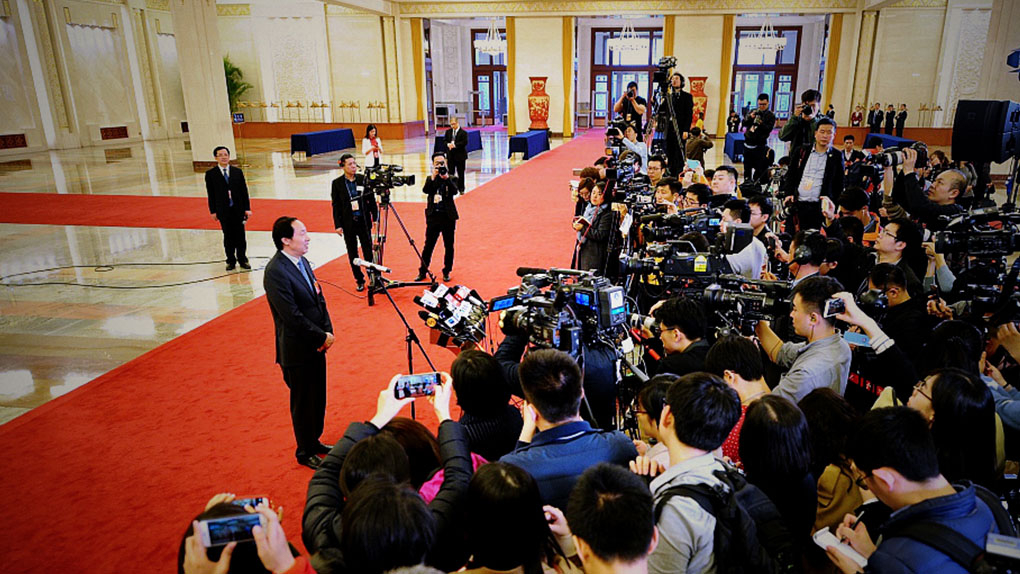
China's museums will better position themselves in people's daily lives to provide more quality and diverse services, said Liu Yuzhu, director of China's State Administration of Cultural Heritage (SACH). The SACH is an administrative agency subordinate to the Ministry of Culture and Tourism.
The director also called for more support from decision makers at various levels to promote the protection of cultural relics at the "Ministers' Corridor" on Sunday.
The first "Ministers' Corridor" press briefing of the Two Sessions took place on March 3 at the Great Hall of the People in Beijing, where Liu answered questions from the media and netizens about the development of museums and the protection of cultural relics.
Liu introduced some of the key measures on the management of museums when he was asked to comment on the increasing demand for museums and their development in the future.
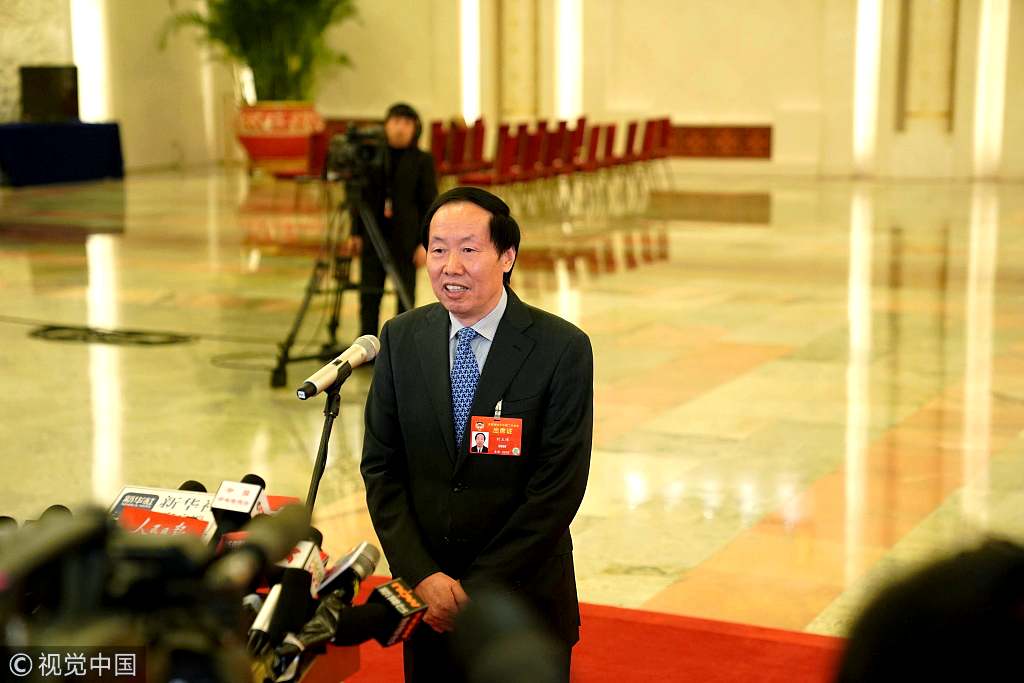
Liu Yuzhu, director of the SACH, answers questions at the "Ministers' Corridor" press briefing at the Great Hall of the People in Beijing, China, March 3, 2019. /VCG Photo
Liu Yuzhu, director of the SACH, answers questions at the "Ministers' Corridor" press briefing at the Great Hall of the People in Beijing, China, March 3, 2019. /VCG Photo
According to Liu, the number of museums has grown quickly in recent years, with an annual increase of 180 or so. At the end of 2017, the number had reached 5,136.
At the same time, the demands are enormous. In the past three years, the number of museum visitors has increased to 100 million every year, reaching 408 million at the end of last year.
Liu admitted that now "is the time for museums to grow quickly, but it has also grown with some problems," adding that "in the process of its development, we have witnessed demand for high-end culture from the public, and the demand is also becoming more and more diverse."
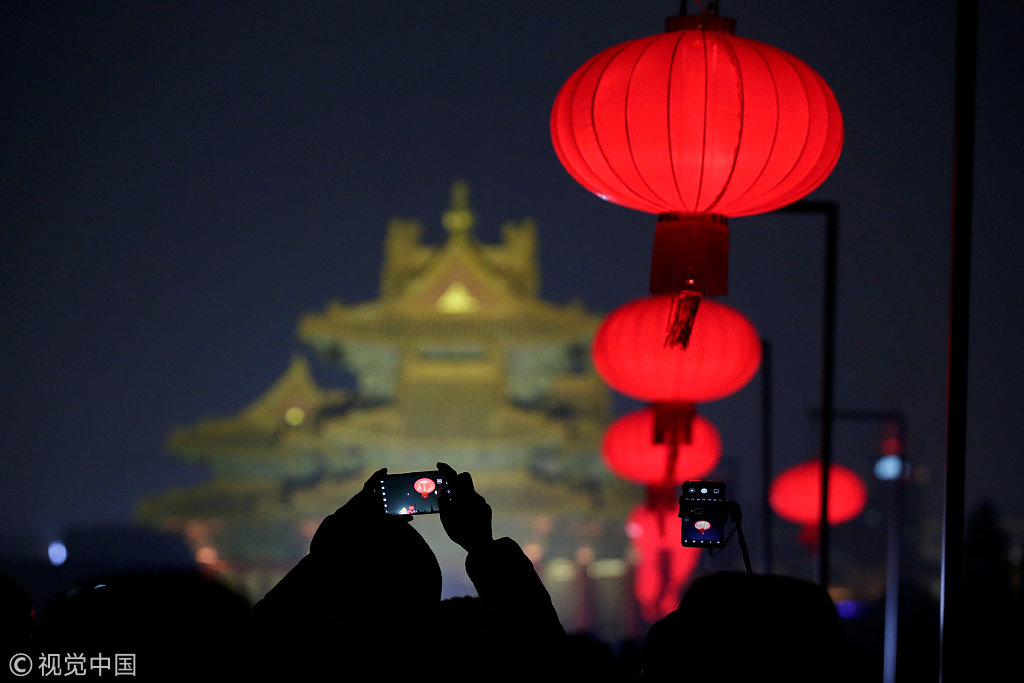
A visitor takes a picture of the Forbidden City decorated with red lanterns during the Chinese Lantern Festival on the last day of the Lunar New Year celebrations in Beijing, China, February 19, 2019. /VCG Photo
A visitor takes a picture of the Forbidden City decorated with red lanterns during the Chinese Lantern Festival on the last day of the Lunar New Year celebrations in Beijing, China, February 19, 2019. /VCG Photo
He said the focus of this year's work will be "the functional positions of different museums." More regulations on the promotion of reform and development of museums are being implemented to fill in the gaps between services and demands and to solve some bottleneck issues.
"This year, we will work with relevant departments to gently formulate implementing measures, promoting the sound development of museums so that we can gradually meet the demands from the public," said the director at the Q&A session.
Liu also emphasized that for museums, in particular for those of ancient architectural sites, the protection of cultural relics is of paramount importance – "Safety of cultural relics is always first." In the meantime, the museum is also a platform for public cultural education where high-end culture is demonstrated in accessible ways.
Protection of cultural relics calls for "last mile" efforts
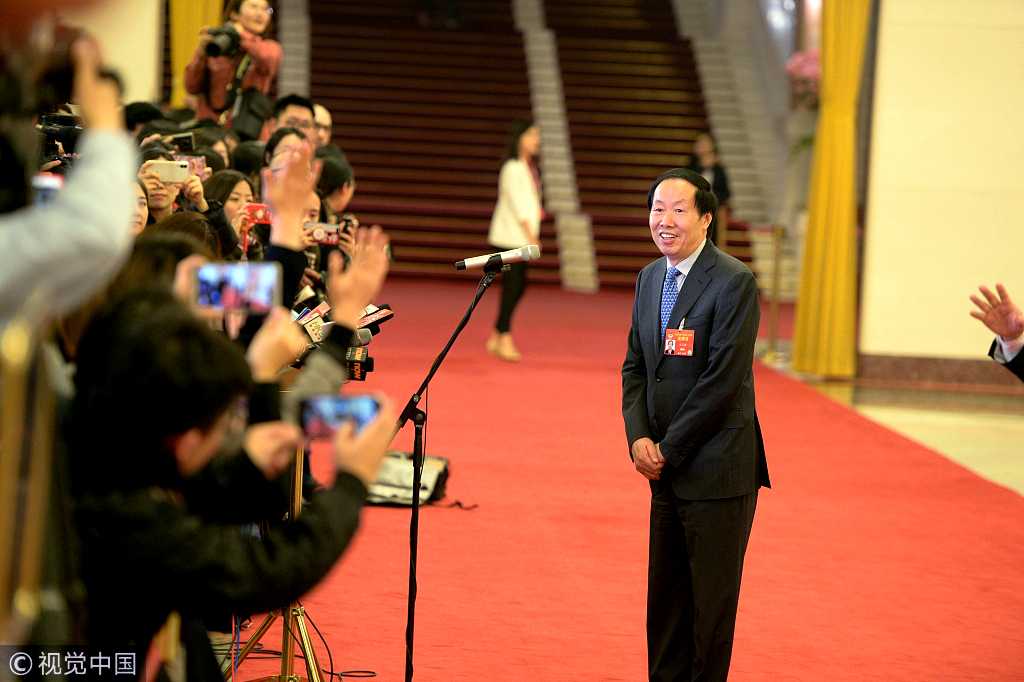
Liu Yuzhu, director of the SACH, answers questions at the "Ministers' Corridor" press briefing at the Great Hall of the People in Beijing, China, March 3, 2019. /VCG Photo
Liu Yuzhu, director of the SACH, answers questions at the "Ministers' Corridor" press briefing at the Great Hall of the People in Beijing, China, March 3, 2019. /VCG Photo
The director also talked about the protection of cultural relics and the implementation of relevant policies at the "Ministers' Corridor," noting that the central government attaches great importance to the protection of cultural relics, and issued two key documents about the working opinions on preservation and protection of cultural relics last year.
"To translate the policies into practice is the task faced by all the practitioners in the cultural relic sector," Liu stressed, adding that "We have to mobilize energies from all sectors."
According to Liu, 57 reform measures in 16 categories from the working opinion were identified and last October, the Ministry of Culture and Tourism, the SACH and other 36 top-level departments held seminars regarding the implementation of this working opinion. He said, "We are making tremendous progress."
Liu also pointed out that to implement the top-level policies better and more deeply, "we have to solve the last mile issues," and called for more support from governments in different places and at various levels for the development and protection of cultural relics.
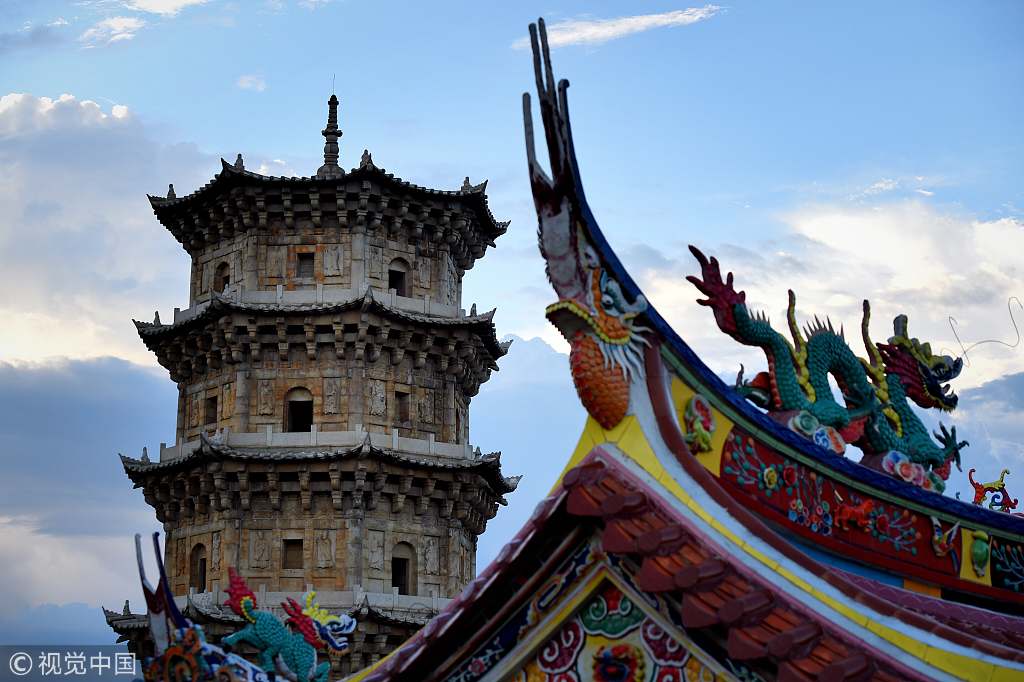
Liusheng Pagoda, also known as Wanshou Pagoda, is listed as the Major Historical and Cultural Site Protected at the Provincial Level, in Quanzhou, southeast China's Fujian Province, August 14, 2018. /VCG Photo
Liusheng Pagoda, also known as Wanshou Pagoda, is listed as the Major Historical and Cultural Site Protected at the Provincial Level, in Quanzhou, southeast China's Fujian Province, August 14, 2018. /VCG Photo
He revealed that during last year's institutional reform, the provincial level of cultural relic departments have strengthened their efforts in general, while at the municipal and county levels, the establishment of the cultural relics institutions "is kind of weakened."
The administration director said he would like to suggest to mayors and county heads to step up their efforts in accordance with the realities of the localities, and to see more support from the municipal and county levels.
At last, he said to decision makers across the country, "I hope that you can render more support in the last mile and lay a solid foundation because for implementation of a certain policy, the last mile is of critical importance."
(Cover: Liu Yuzhu, director of the State Administration of Cultural Heritage, answers questions at the "Ministers' Corridor" press briefing at the Great Hall of the People in Beijing, China, March 3, 2019. /VCG Photo edited)






